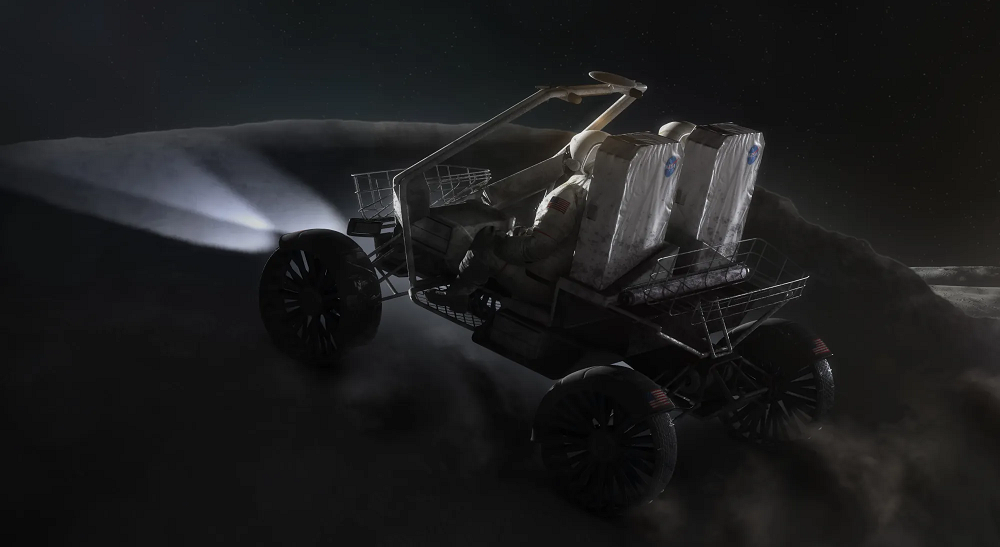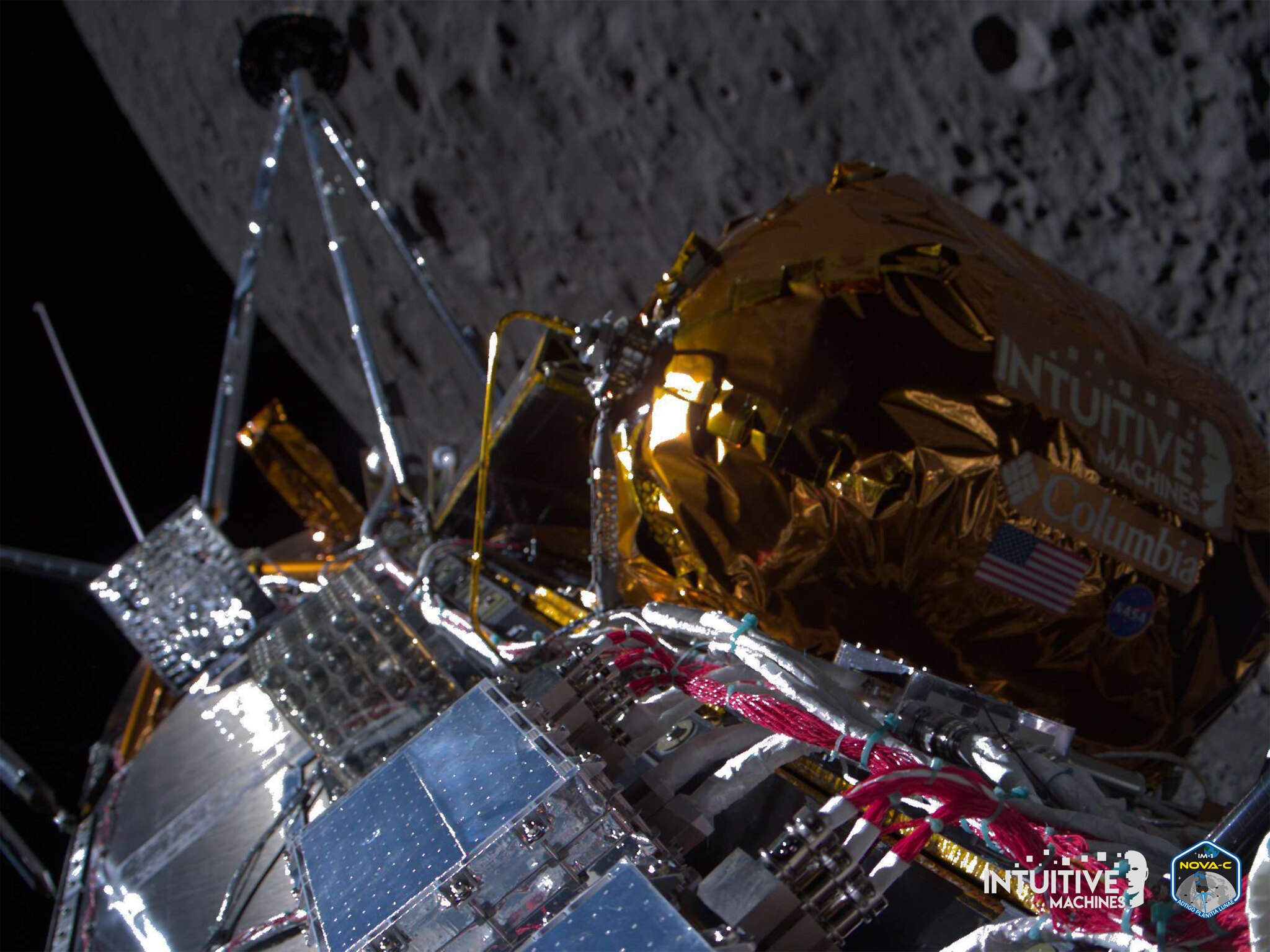NASA selects Intuitive Machines, Lunar Outpost, and Astrolab to develop Artemis Lunar Terrain Vehicles
 Artist’s concept for a future lunar terrain vehicle on the Moon.
Credit: NASA
Artist’s concept for a future lunar terrain vehicle on the Moon.
Credit: NASA Three American companies have been tasked with developing the vehicles to establish an enduring human presence on the Moon’s surface. On Wednesday, April 3, NASA announced it had selected Intuitive Machines, Lunar Outpost and Astrolab to develop Lunar Terrain Vehicles (LTV) for the Artemis program.
Over the next 12 months, each company will conduct a feasibility task order. NASA’s contract requires the companies to develop the vehicles and also manage launch and landing procedures. The LTV will need to be on the lunar surface prior to the Artemis 5 crew landing currently planned for 2029. However, the vehicles are not fundamentally linked to a particular Artemis mission. Ultimately, the agency anticipates awarding only one company the final contract.
Science with or without astronauts
The LTVs are planned to be operated autonomously and by astronauts, being described as a hybrid of the Apollo-style lunar rover and an uncrewed mobile science platform.
“It means we’ll be able to operate the LTV to meet our crew when they arrive at the surface,” said Jacob Bleacher, NASA’s chief exploration scientist. “That means they’ll be ready to go right away to focus on all the exploration that benefits the most from having our astronauts there. And then after the crew leave, the LTV can continue remote operations for additional exploration, prospecting, and science similar to robotic explorers we have on Mars right now. This can help us identify priorities for our next crewed missions.”
According to Jaret Matthews, CEO of Astrolab, the Lunar Terrain Vehicles need to travel at least 15 km an hour, can traverse 20 km in a single charge, and have an eight-hour battery life. Additionally, NASA is requiring the LTVs to have a 10-year operating life. However, the agency gave no specifics on the time requirements, meaning it can be a single 10-year vehicle, or up to 10 one-year vehicles.
“The aspect of our design I’m most excited about is that we have a novel modular payload capability,” Matthews said. “That allows us to change out different cargo, different implements, and serve different customers. It will really serve as a catalyst for the lunar economy. The lunar surface is not going to just need rovers; it’s going to need power generation, power distribution, landing pads, berms, roads, habitation, etc. and we’re developing a platform that can support all of those use cases as we go forward.”
Through the Artemis program, NASA aims to bring humans to the surface of the Moon for the first time since 1972. However, in recent years, budgetary conflicts have imperiled multiple NASA missions, and in early 2024, the agency delayed its lunar flyby and initial crewed landing by a year, now set for September 2025 and 2026 respectively.



